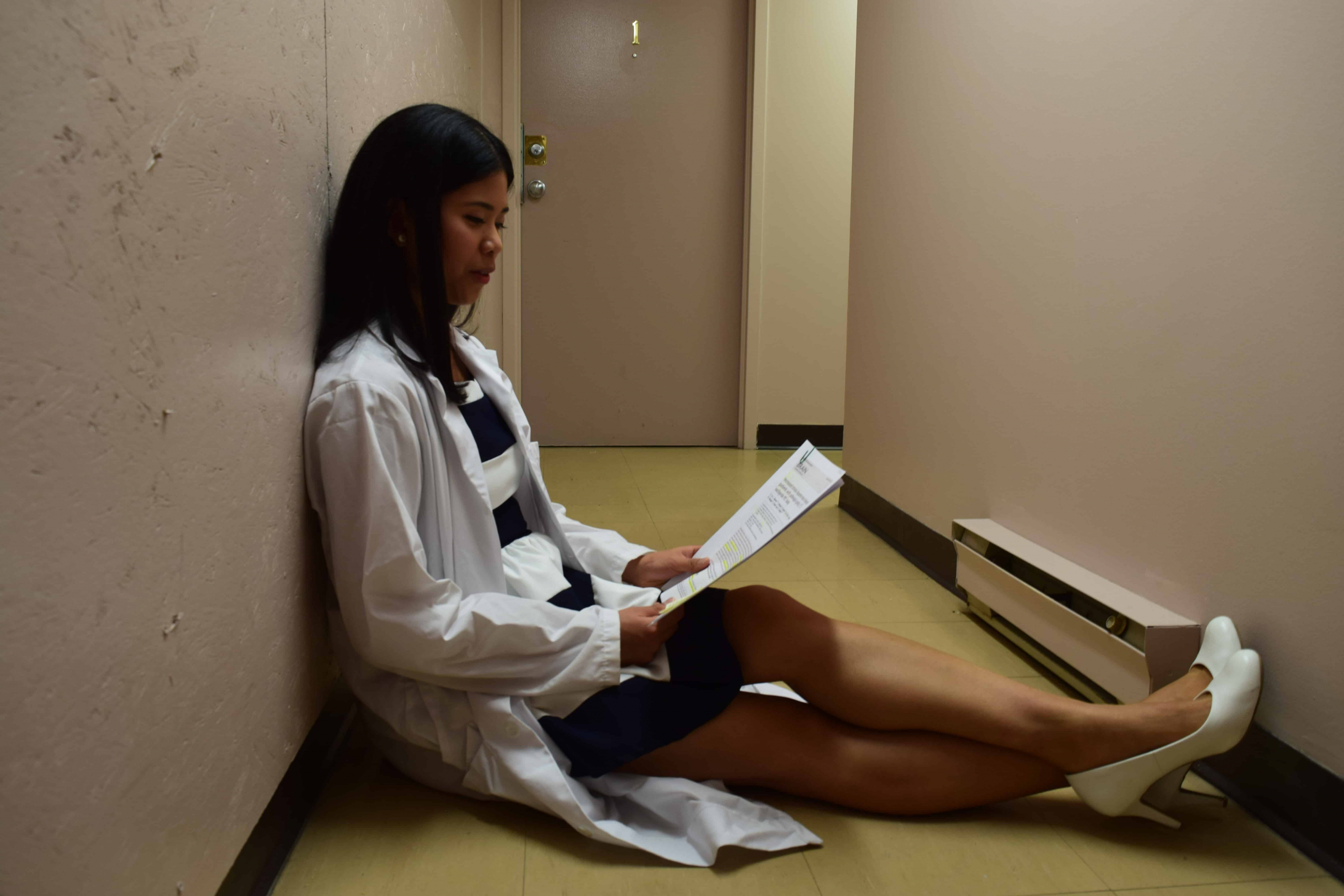The Medicine by Design initiative draws on the expertise of 75 researchers and clinicians across U of T. U of T is now demonstrating a commitment to regenerative medicine research, by investing $27 million to be shared among 20 team projects dedicated to overcoming some of the field’s greatest challenges.
First discovered in Toronto by James Till and Ernest McCulloch, stem cells are remarkable in their ability to self-renew. They have the potential to repair damaged tissues and organs and treat a wide range of diseases including cancer and cardiovascular disease.
The rejection of transplanted tissue by the patient’s immune system poses one of the greatest obstacles to cell-based therapies. Juan Carlos Zúñiga-Pflücker, Chair and Professor of the Immunology Department at U of T, is spearheading a project to improve graft tolerance in transplant patients.
To begin, he and his team are focusing on type 1 diabetes, an autoimmune disease in which immune cells attack insulin-producing pancreatic cells known as beta islet cells.
Existing ways to induce tolerance involve suppressing the entire immune system, which puts the patient at risk of infection and malignancies. Zúñiga-Pflücker’s team is taking advantage of the immune system’s ability to regulate itself to confer a more specific form of immunosuppression.
They are adopting three approaches to achieve this. First, Zúñiga-Pflücker and Naoto Hirano, Associate Professor in Immunology, are designing a regulatory T cell, a type of immune cell that will dampen immune responses in the pancreas.
“Diabetes is an autoimmune disease with very well-known immunological underpinnings, so we could use it to model the idea that we can direct these [T regulatory cells]… to specific tissues,” said Zúñiga-Pflücker. “The idea is that eventually this approach can be used for multiple regenerative medicine approaches, where you can target a tissue you’re trying to replace or transplant into.”
The second approach, led by Tracy McGaha and David Brooks, Associate Professors in Immunology, focuses on modulating the environment in the pancreas, such that immunosuppressive T regulatory cells can be produced.
Finally, Andras Nagy and Derek van der Kooy, Professors in Molecular Genetics, and Cristina Nostro, Assistant Professor in Physiology, are engineering a new type of stem cell that is not recognized by the immune system.
Zúñiga-Pflücker explained, “[Nagy] has this really cool idea of turning stem cells into — what he calls — ‘cloaked’ cells, where they would express a whole bunch of different genes that are known to be immunomodulatory… They would create an invisible or a suppressive state locally that would allow you to — in that area — transplant into any tissue you want.”
In other words, these stem cells have the potential to enable universal transplants.
As to when the technologies will be available, Zúñiga-Pflücker replied, “It’s always hard to tell, you know, I would imagine it’ll be minimally five to 10 years to have some — five years as a proof of principle this is going to really work as we envisioned, and then another five to begin to do the transitional approaches. A lot of the things we’re doing [are] already in a human context so it does facilitate our ability to transfer this to clinical trials faster.”
The $27 million investment brings together scientists from different fields, though Zúñiga-Pflücker cautions against putting too much emphasis on funding collaborative work.
“There should be an emphasis on [collaborative projects], but not to lose sight of the need to support investigator-initiated type funds because those are — in the day — what allows… us to have the building blocks to build a consortium to ask very innovative questions.”
Last summer, the Canadian government invested $114 million in Medicine by Design in the largest singular research award in U of T history.


